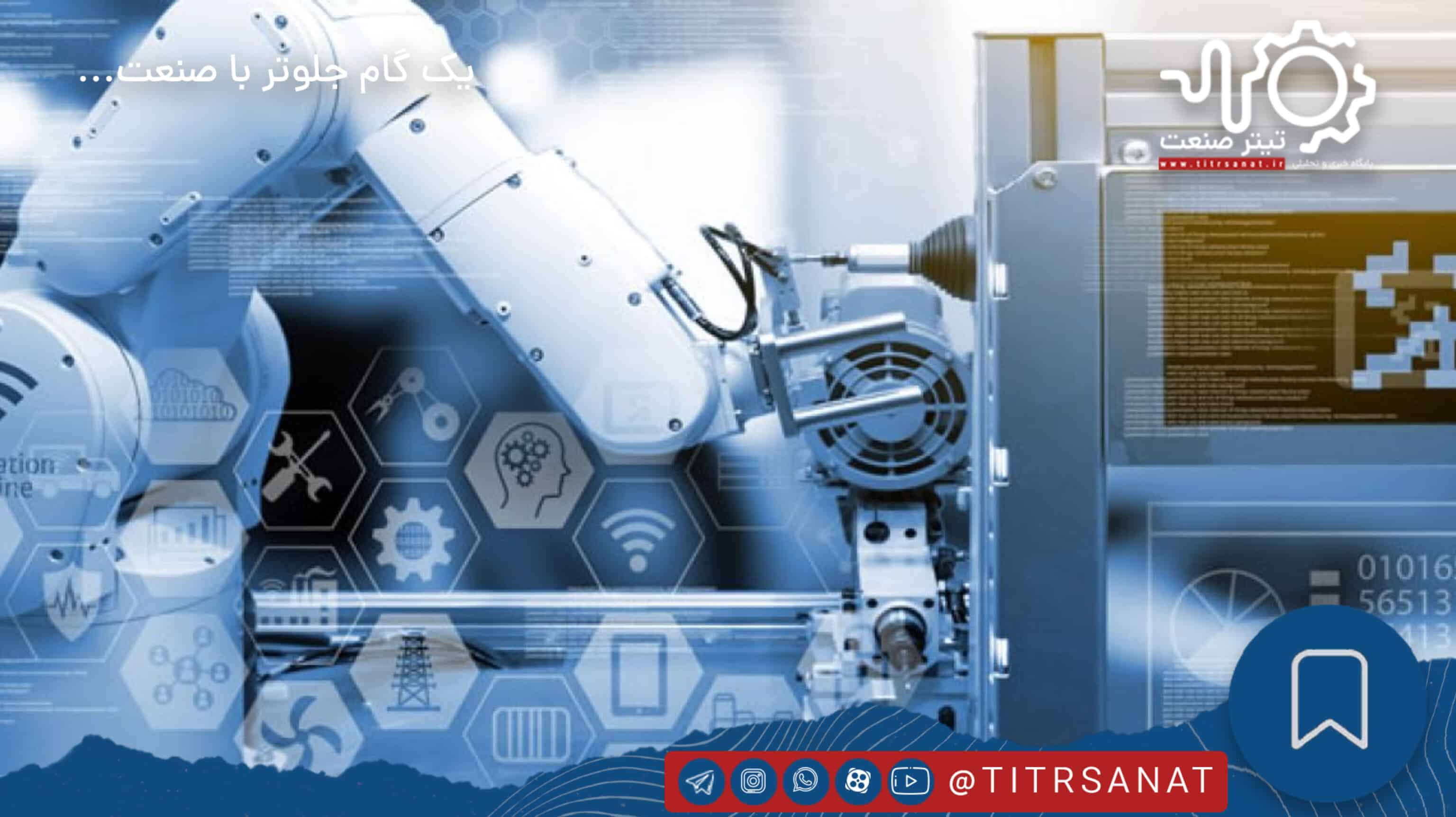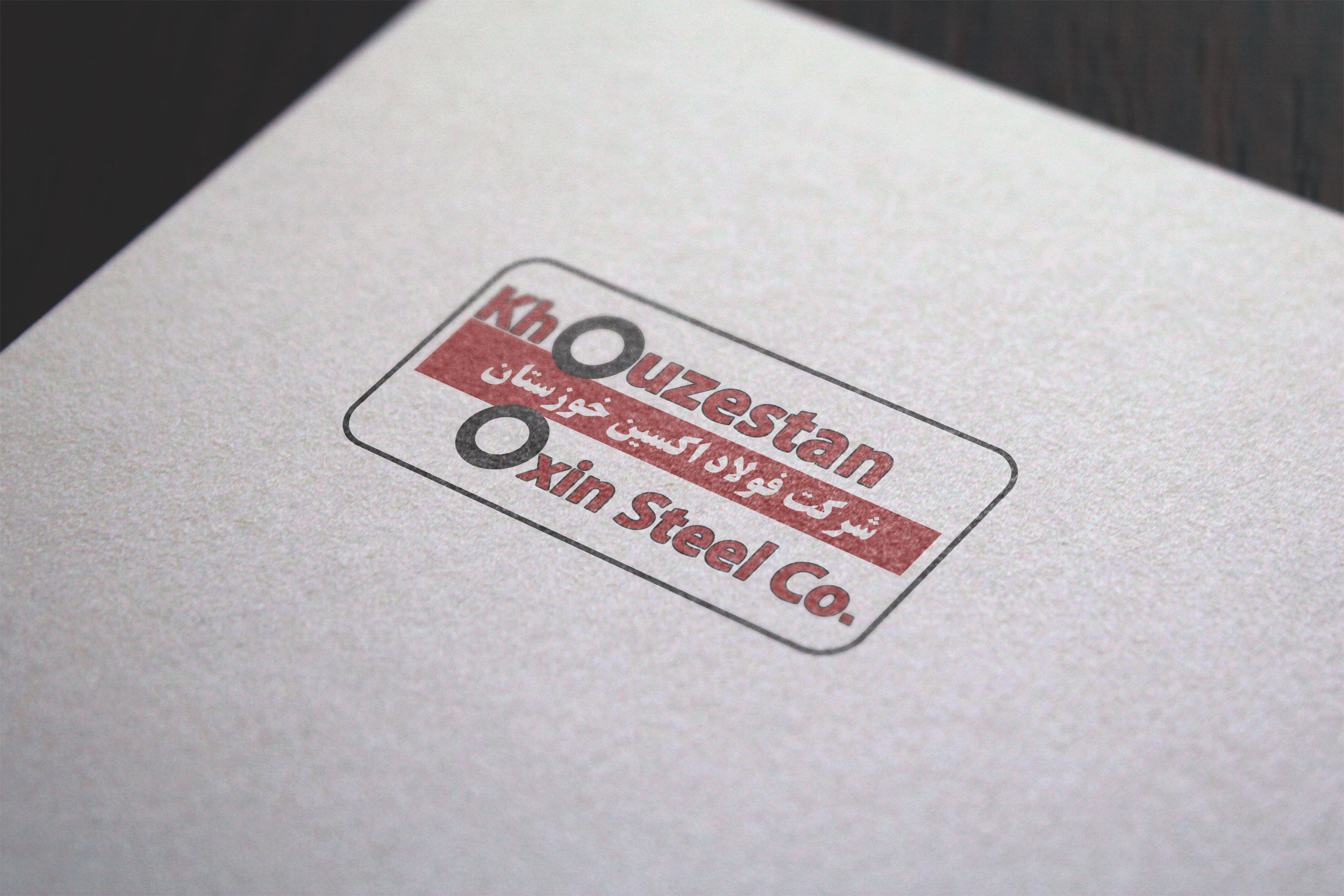to report of titrsanat, At its core, neurodesign blends insights from neuroscience, cognitive psychology, and behavioral economics to create experiences th align with how the human brain perceives, processes, and remembers information. It’s not just about aesthetics—it’s about crafting emotional connections, reducing cognitive friction, and building trust through design that speaks directly to our neural wiring
While neurodesign has been quietly influencing user interface design and advertising for years, it is now making bold inroads into industrial sectors. From automotive dashboards to smart packaging, from factory control panels to wearable tech, companies are realizing that the key to differentiation lies not just in innovation, but in perception. And perception, as it turns out, is deeply neurological
Take the automotive industry, for example. In the past, dashboards were cluttered with buttons, dials, and displays—each competing for the driver’s attention. Today, brands like Tesla, Volvo, and BMW are reimagining the driving experience using neurodesign principles. Eye-tracking studies inform the placement of controls. Color palettes are chosen to evoke calm and focus. Haptic feedback is engineered to reinforce intuitive behavior. The result? Interfaces that reduce distraction, enhance safety, and create a sense of seamless control
But neurodesign isn’t limited to high-tech vehicles. It’s transforming something as seemingly mundane as packaging. In industries like pharmaceuticals, electronics, and food, packaging is no longer just a container—it’s a cognitive interface. The texture of a surface, the sound of a seal breaking, the symmetry of a label—all of these elements influence how a product is perceived. A package that feels secure, opens intuitively, and communicates clearly can elevate a brand from forgettable to iconic
This is especially true in competitive markets, where consumers are overwhelmed with choices. Neurodesign helps brands stand out—not by shouting louder, but by speaking more clearly to the brain. Visual hierarchy, contrast, rhythm, and spatial balance are used to guide attention and reinforce brand identity. Typography is chosen not just for style, but for legibility and emotional tone. Even motion—like the subtle animation of a logo or the timing of a transition—can influence how a brand is felt
One of the most promising frontiers of neurodesign is its potential to foster inclusivity. As awareness of neurodiversity grows, companies are rethinking how they design for people with ADHD, autism, dyslexia, and other cognitive differences. This isn’t just a moral imperative—it’s a strategic advantage. Inclusive design broadens market reach and builds brand loyalty among underserved audiences
Consider Microsoft’s inclusive design toolkit, which emphasizes clarity, flexibility, and empathy. Or IKEA’s easy-to-navigate instructions and packaging, designed to reduce cognitive overload. These brands understand that designing for the margins often improves the experience for everyone.
In industrial settings, inclusive neurodesign can have life-saving implications. Control rooms, medical devices, and safety signage must be instantly understandable under stress. By applying principles like cognitive load reduction, signal-to-noise optimization, and emotional regulation, designers can create environments that support better decision-making and reduce human error
Technology is accelerating this evolution. Thanks to advances in artificial intelligence and biometric sensing, designers can now test how users respond to prototypes in real time. Eye-tracking reveals what captures attention. EEG scans measure emotional engagement. Facial recognition detects micro-expressions of confusion or delight. This data allows for rapid iteration and evidence-based design decisions
For instance, a consumer electronics company might test multiple interface layouts and select the one that produces the highest emotional engagement and lowest cognitive strain. A packaging firm might analyze hand movements to optimize grip and opening mechanics. These insights are transforming design from guesswork into precision science
But neurodesign isn’t just about tools—it’s about mindset. It requires cross-functional collaboration between designers, neuroscientists, marketers, and engineers. It demands a shift from thinking about products as objects to thinking about them as experiences. And it calls for a new kind of empathy—one that sees users not just as consumers, but as complex, emotional, and cognitively diverse individuals
This shift is already reshaping brand strategy. Companies are mapping emotional journeys alongside customer touchpoints. They’re defining not just what they want users to do, but how they want them to feel. They’re using design to build trust, reduce anxiety, and create moments of delight. In doing so, they’re turning everyday interactions into lasting impressions
Looking ahead, neurodesign is poised to become a standard practice in industrial branding. As industries compete not just on price or performance, but on experience and emotion, designing for the brain will be the new frontier. From smart appliances to wearable tech, from urban infrastructure to industrial robotics, neurodesign offers a blueprint for creating products and brands that feel natural, trustworthy, and unforgettable
We may soon see neurodesign integrated into sustainability efforts, helping consumers make eco-friendly choices through intuitive cues. Or in healthcare, where design can reduce anxiety and improve patient outcomes. Or in education, where learning environments are optimized for focus, retention, and emotional well-being. The possibilities are vast—and deeply human
In the end, the message is clear: if you want to win hearts and minds, start with the brain. Neurodesign isn’t just a trend—it’s a transformation. And for industrial brands ready to lead with empathy, intelligence, and innovation, it’s the future




















Comments